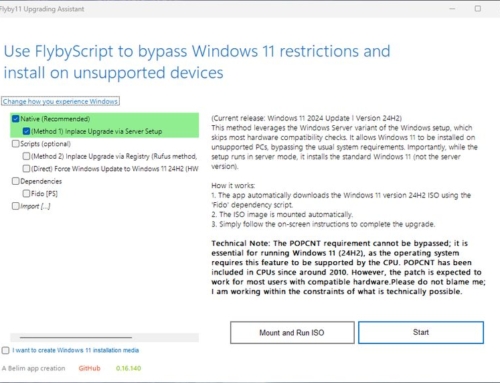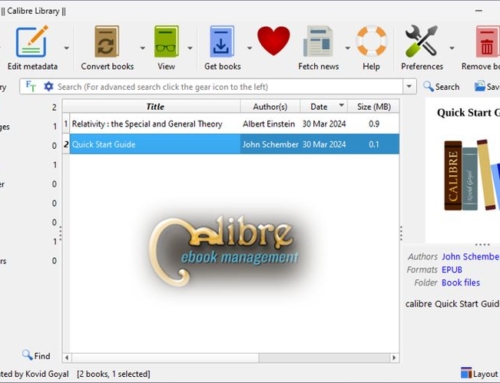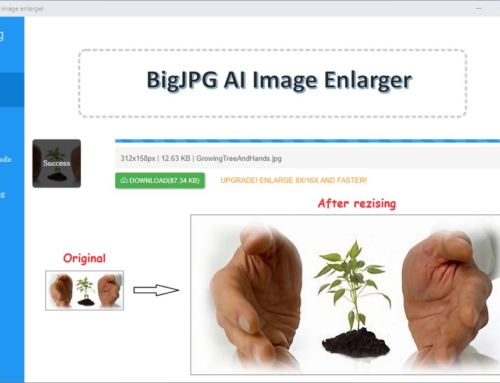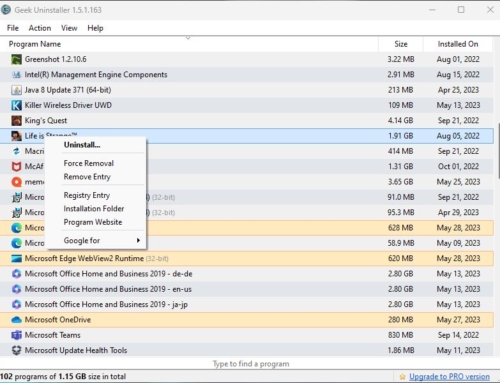Tero Subtitler is an open-source, cross-platform, and free subtitle editing software created by URUWorks. The software is the successor of Subtitle Workshop and was developed to simplify subtitle editing with all the necessary and not-so-necessary features to make the life of a subtitle editor or translator easier. The visual interface is one of the many features that characterize Tero Subtitler. Most options are self-explanatory, so you will have no problems using this software. The tool supports many subtitle formats and offers you a comprehensive set of features that cater to both beginners and advanced users.
Features of Tero Subtitler
- User-friendly and multi-language interface – You can customize the interface and functionality to suit your preferences.
- Fully-fledged editing with SMPTE and MEDIA modes
- Support for various subtitle formats, including popular ones like SRT, ASS, and VTT. Due to the wide range of format compatibility, you can use this tool for different types of media and platforms.
- Subtitling Assistant – Tero Subtitler uses the power of whisper.cpp and its AI to automatically recognize and create subtitles from audio.
- Multi-level undo/redo
- Search and replace
- Auto-backup
- Source and Transcription modes
- Translation Assistance – If you need to translate subtitles, Tero Subtitler provides the tools to assist in the translation process. This includes Google Translate integration, which can provide you with a helpful starting point for drafting subtitles in another language.
- Translation memory (Translate and reuse! Save time translating your projects with Tero’s translation memory support.)
- Audiovisual preview for many formats – The integrated video playback enables you to watch the video directly with the subtitles. This lets you check the timing and accuracy of subtitles in real-time.
- Timeline with waveform visualizer – This feature is particularly useful for precise timing adjustments. It allows you to see the audio waves, which will help you synchronize the subtitles accurately with the spoken dialogue.
- Tools for manipulation (frame/video rate conversion), formatting (fonts and alignment), quality control (spell check), analysis (comparing subtitle sets), translation (including auto), transcription (including auto), validation (industry and customizable profiles), and automation (correcting errors and breaches)
- Error Checking and Fixing – Tero contains various tools that allow you to check for common errors in subtitles (like overlapping timings, too short or long display times, unreadable characters), and offers automatic fixing options.
- Batch Conversion – You can convert multiple subtitle files from one format to another. This is useful if you are dealing with large amounts of data or have to prepare subtitles for different platforms.
- Export subtitles to MP3
- Export subtitles to Blu-ray SUP
- Generate blank video
- Generate video with hardcoded subtitles
- Video dubbing
- And much more
Automatic Subtitles
Here are the quick steps for creating subtitles for a video automatically:
- Create a new subtitle project (File > New Subtitle)
- Open a video (Video > Open video…)
- Extract the audio track (Video > Extract waveform…)
- Create the subtitles (Video > Audio to text…)
- Fix the issues automatically (Tools > Fix subtitles…)
This is, of course, just a quick run-through. Automatic transcription does not work for every video, and if it works, the quality depends on the language. English, German, and similar Western languages work well with the base AI model (the model can be selected in step 4), but Japanese, for example, can be a little tricky. To get reasonable results for Japanese, we had to select a large language model and switch from the option “Add subtitles while transcribing” to the option “Load subtitles after transcription.”
Conclusion
Overall, Tero Subtitler is a comprehensive solution for anyone looking to work with subtitles. Its robust toolset and intuitive interface make it an excellent choice for beginners and advanced users. The cool feature of creating subtitles automatically works well for Western languages but has issues for languages like Japanese. However, it’s still a really cool tool.









